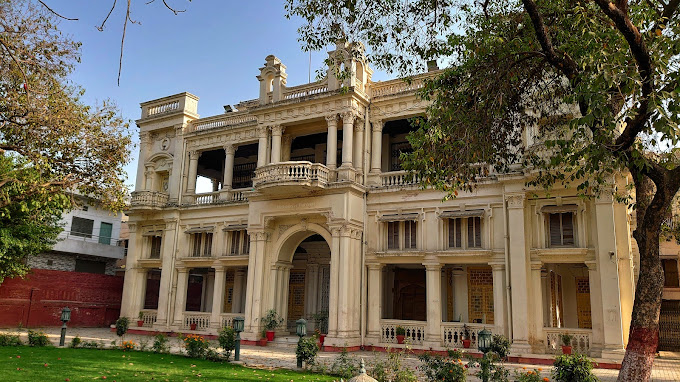Gujrat

Description
Gujrat (Punjabi, Urdu: ضلع گجرات) is a district in the Pakistani province of Punjab. It is geographically located between the Chenab and Jhelum rivers and headquartered at the city of Gujrat. It is bounded on the northeast by Bhimber district, on the north by Mirpur district, on the northwest by the River Jhelum, which separates it from Jhelum district, on the east and southeast by the Chenab river, separating it from the districts of Gujranwala and Sialkot, and on the west by Mandi Bahauddin district. Gujrat district is spread over an area of 3,192 square kilometres.
Gujrat town itself is a place of some antiquity, and the district bounds in ancient sites.The region was conquered by Chandragupta Maurya. It remained under the Mauryas for a few hundred years until shortly after the death of Ashoka in 231, and about forty years later came under the sway of Demetrius the Graeco-Bactrian. The overthrow of the Bactrians by the Parthians in the latter half of the second century brought another change of rulers, and the coins of the Indo-Parthian Maues (c. 120 B. c.), who is known to local tradition as Raja Moga, have been found at Mong. At the end of the first century A. D., i.e. the whole of the Punjab was conquered by the Yueh-chi. For several hundred years nothing is known of the history of the District, except that between 455 and 540 it must have been exposed to the ravages of the White Huns. Dr. Stein holds that the District formed part of the kingdom of Gurjara(Gurjar), which, according to the Rajatarangini, was invaded between 883 and 902 by Shankara Varman of Kashmir, who defeated its king Alakana.